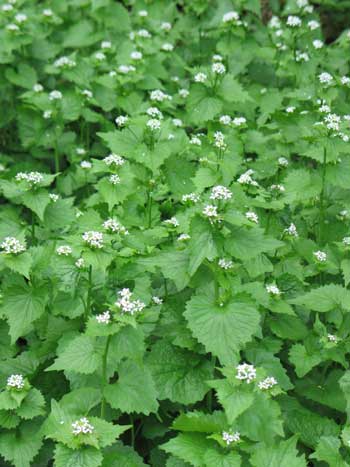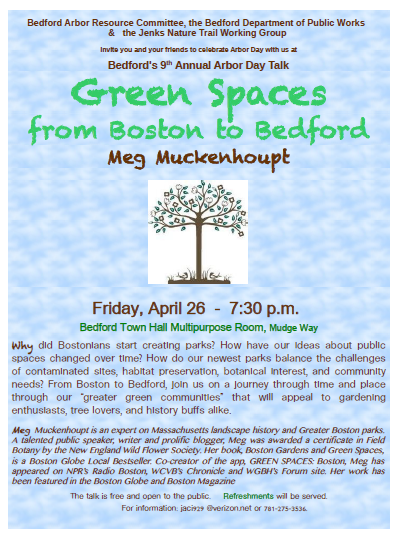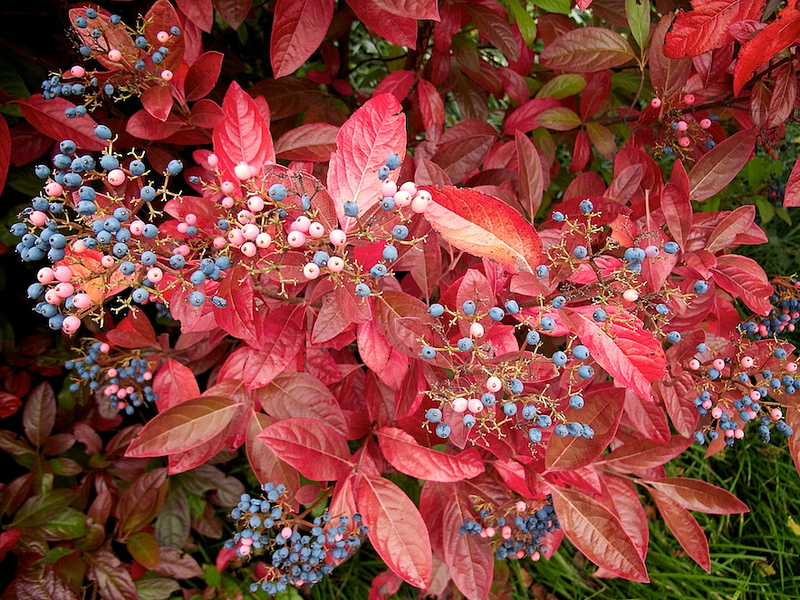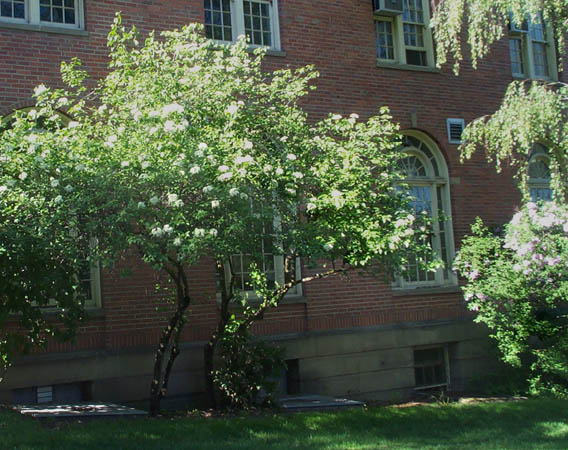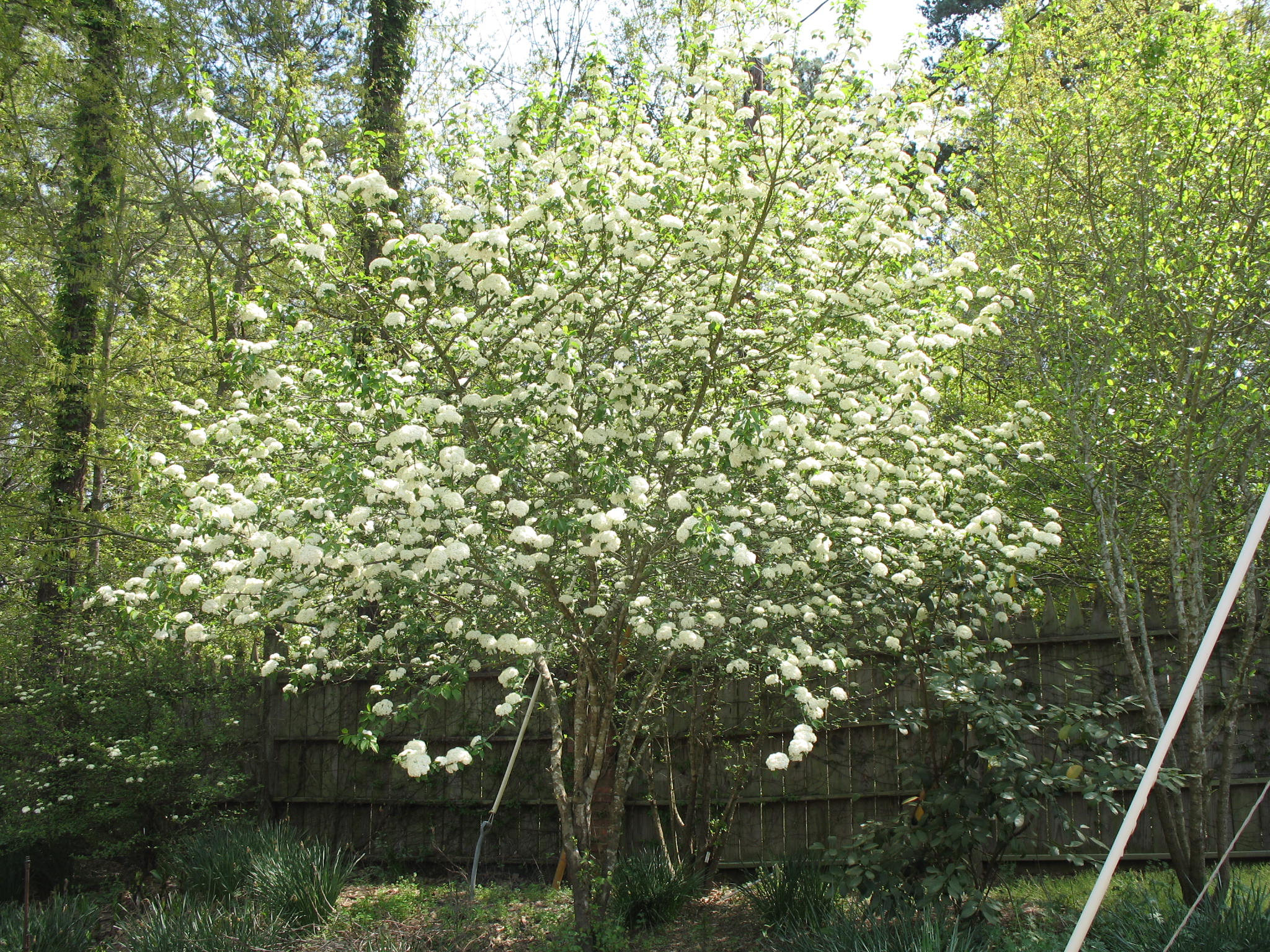Native Pollinator Conservation
Instructor: Ms. Sonia G. Schloemann
Date and time: May 17, 10:00am to 1:00pm
Location: Powisset Farm, 37 Powisset St., Dover MAPollination is an important step in growing all fruits and many vegetables. While most people know about honey bees, native bees are also important pollinators. Encouraging native bees and other beneficials by providing nesting and forage habitat is easy and fun for the home gardener. Learn about how to build bee blocks and which flowering plants make good forage habitat. Participants will build nest boxes to bring home to their gardens.
Related info: “Northeast Plants for Native Bees” factsheet from the Xerces Society.

